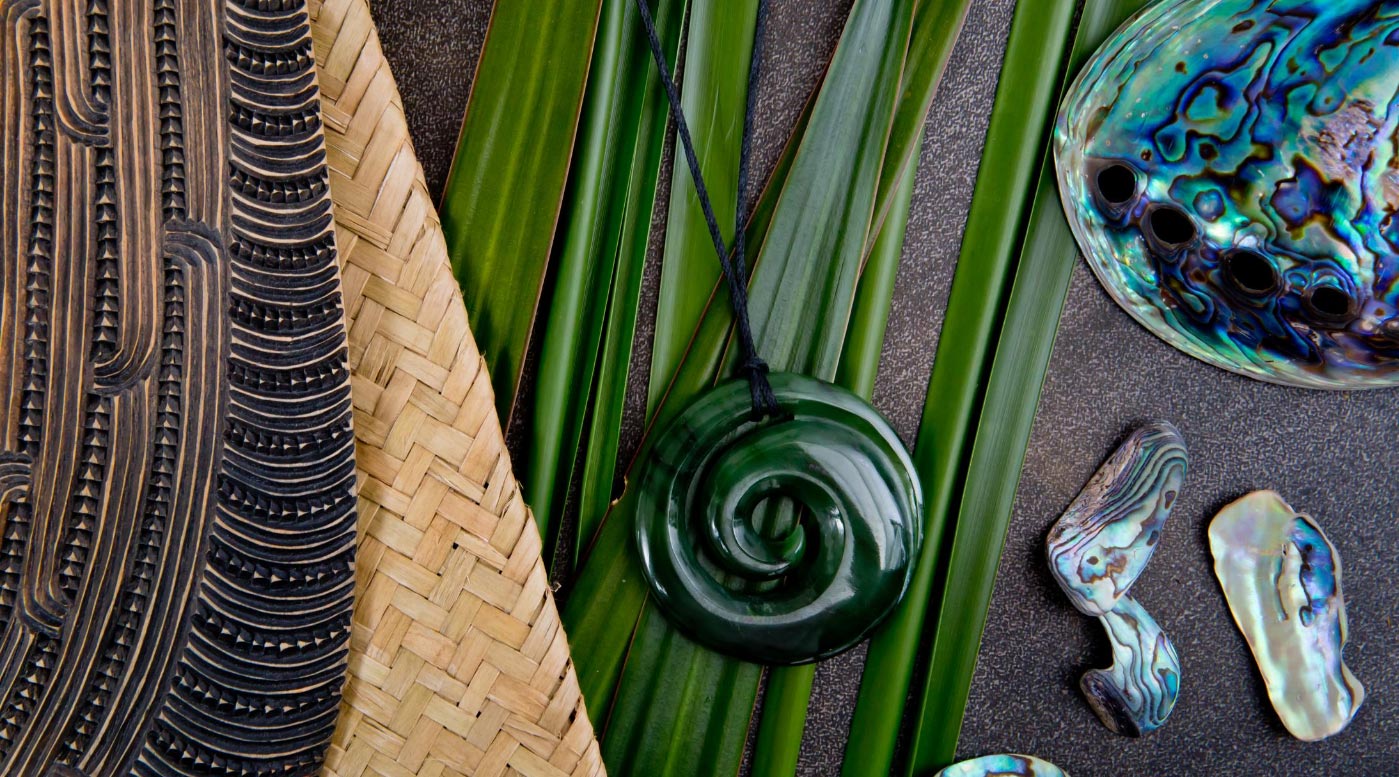Your Cart is Empty
End of Year SALE up to 40% OFF | Worldwide Shipping
Menu

End of Year SALE up to 40% OFF | Worldwide Shipping
Shop

by Manuka Honey Team February 01, 2023 2 min read
The History of Original Manuka Honey
Native to New Zealand the Manuka tree has a long history dating right back to our first settlers, the indigenous Maori. The Maori referred to this amazing, versatile plant as toanga or ‘treasure’ and revered it for its wide variety of uses.
“Its most significant use was as a medicinal plant. Infusions made with the leaves were used to reduce fevers and treat stomach and urinary problems. Gum produced from the tree was used as a moisturiser for burns, and to ease coughing. Decoctions from the bark were used as a sedative, a mouthwash, and to treat diarrhoea and fever. The tree was essentially a pharmacy.” – from Manuka. A Honey of a Plant.
Early European settlers quickly picked up on this knowledge founded by Maori, and used the leaves to make tea and even brew beer. They extracted oil from the leaves for medicinal and cosmetic products and the wood of the tree was used for tools, furniture and many other household items.
Manuka Honey can only be produced by the introduced European Honey Bee. An English beekeeper by the name of Mary Bumby is thought to be the first European settler to bring these precious bees to our shores in 1839. Mary set up her hives on the East Coast of the North Island where there was an abundance of Manuka bushes. Strong evidence supports that first honey ever produced in New Zealand was in fact Manuka Honey.
It wasn’t until 1980 that the unique antibacterial benefits of Manuka was confirmed by biochemist Peter Molan. Although its healing properties had already been known in traditional Maori medicine.
Demand for this unique monofloral honey grew throughout the 80’s and 90’s then in 1998 The Unique Manuka Factor (UMF) quality trademark was developed by the Active Manuka Honey Industry Group (AMHIG) now known as The UMF Honey Association. Manuka Honey producers then needed to go through independent testing to receive a UMF grading for the honey they produced. Once a UMF grading was obtained Manuka Honey producers were able to label and market their honey as pure, quality, genuine Manuka Honey. This grading sets authentic Manuka Honey apart from blended Manuka Honey (multifloral) and counterfeit Manuka Honey so consumers know they are buying the real thing.
The UMF grading still holds true to this day and Manuka Honey producers are audited and tested annually to ensure their honey meets the standards they claim on their label. More recently an MGO (methylgloxal) grading system was introduced to measure the precise content of the naturally occurring compound Methylgloxal. Methylgloxal is found uniquely in Manuka Honey and directly related to its potency. The higher the MGO content the higher the grade of honey. Today both UMF and MGO grades can be found on genuine Manuka Honey.
Browse through our extensive UMF and MGO Manuka Honey collection here.
References
1. https://www.nzstory.govt.nz/stories/manuka-a-honey-of-a-plant/
2. https://nzhistory.govt.nz/mary-bumby-brings-the-first-honey-bees-in-new-zealand
3. https://www.afar.com/magazine/the-wild-story-of-manuka-the-worlds-most-coveted-honey
4. https://www.umf.org.nz/what-we-do/
5. https://www.umf.org.nz/grading-system-explained/








